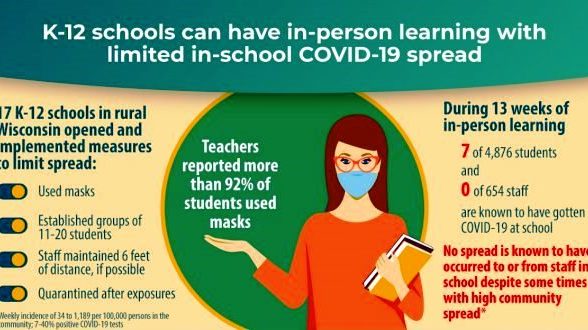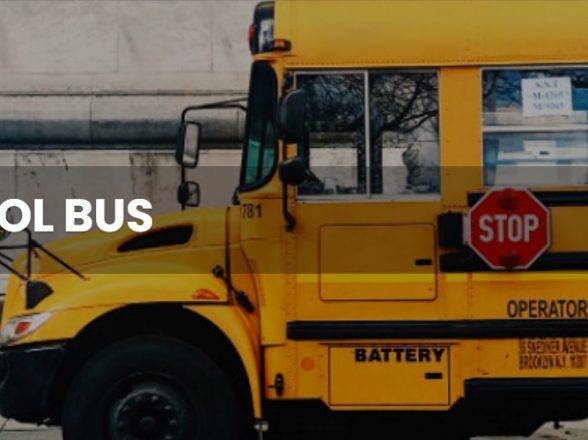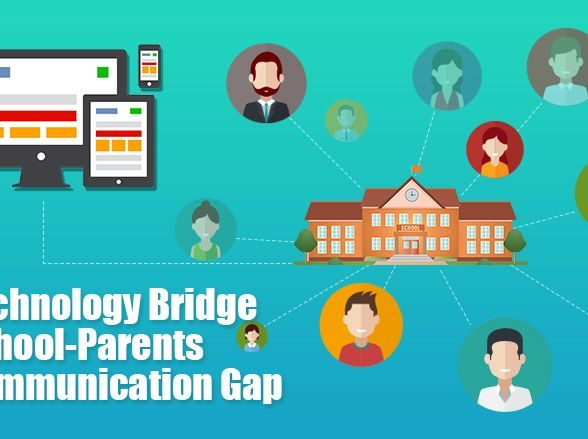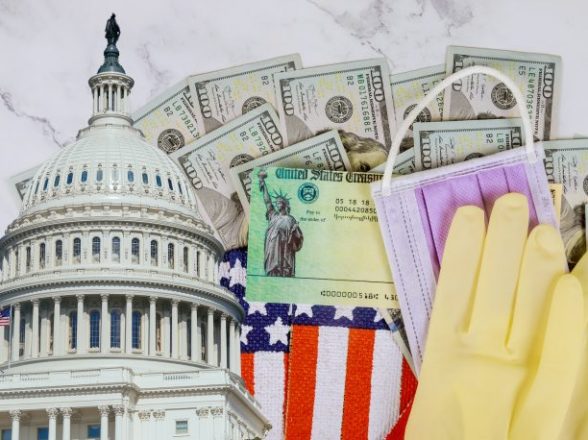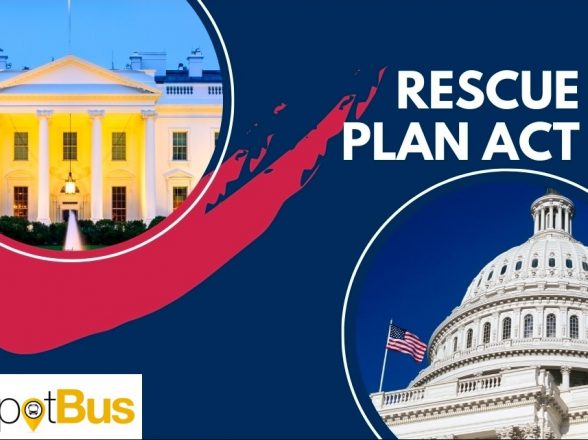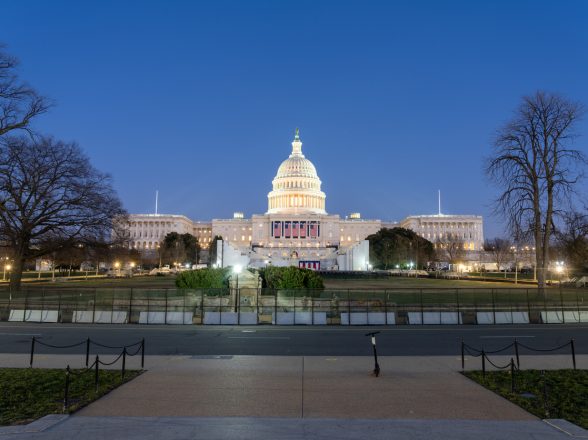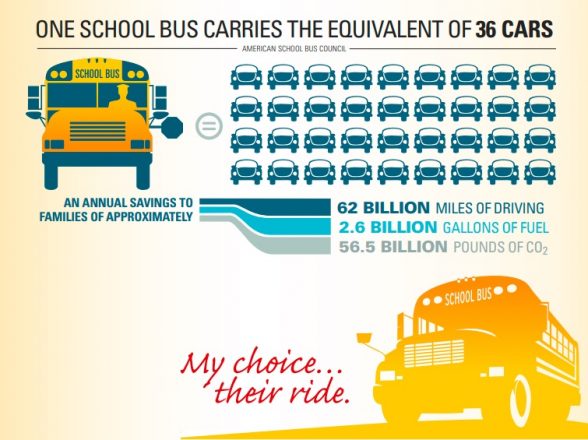Rich Schools, Poor Schools and a Biden Plan

The way U.S. education is funded can widen disparities. A proposed $20 billion program seeks to even things out.

Can President Biden fix America’s inequitable public school funding?
The administration’s latest budget proposal suggests he’s going to try. The plan includes a $20 billion program for high-poverty school districts. States would get additional funding if they “address longstanding funding disparities” between rich and poor districts.
If it works, the program would benefit districts like Hampton City Schools, near Norfolk in southeastern Virginia. Most public school students in Hampton City are Black or from low-income households. The district receives about $10,500 per student annually in state and local funding, according to the U.S. Department of Education.
Contrast Hampton City with the school district in Arlington County, Va., a wealthy liberal enclave across the Potomac River from Washington. Because Virginia allows districts to fund themselves with local property tax revenue — Arlington is full of expensive houses and office buildings for lobbyists and defense contractors — the annual funding per student there is more than $22,000.
Hampton City is on the upswing. Graduation rates are increasing, more students are taking college-level courses, and the district leader, Jeffery Smith, was named the 2020 Virginia superintendent of the year. But Hampton City has less than half the per-person funding of an affluent district that has fewer at-risk students.
The whole American public education system works this way. Students are divided among a patchwork of 16,000 school districts, many of which were created to hoard resources in majority-white areas. The nonprofit group EdBuild found that districts where more than 75 percent of students are white receive $23 billion more per year than districts where more than 75 percent of students are not white — even though there are more students in predominantly nonwhite districts.
Zahava Stadler, a former policy director at EdBuild who currently focuses on education funding at the civil rights organization The Education Trust, said the new funding in the Biden plan “wouldn’t just add money where it’s needed; it would also offer an important push for states to change the policies that create inequity in state and local funding.”
For the last two decades, federal K-12 education policy has mostly focused on improving the schools built on an uneven financial foundation by establishing consistent academic standards and holding schools accountable for student test scores. Those policies have fallen far short of their goal of closing the gap in test scores between white upper-income students and their peers. The Biden plan could be the first serious effort in more than a generation to repair the foundation itself.
In the past, critics have questioned whether equitable school funding would actually improve educational results. But a strong academic research consensus has emerged in recent years that more school funding really does improve education.
Making the program work won’t be easy. It takes a lot of pressure to get state lawmakers to change the status quo. A sum of $20 billion does not, by itself, buy a great deal of leverage to move a system that generates $750 billion in state and local funding every year. States with more equitable funding systems than Virginia’s limit the ability of rich districts to self-fund with local revenue while providing generous subsidies to districts with fewer local resources. Minnesota, for example, is far less reliant on local property taxes and provides more state funding to districts with large numbers of low-income and minority students.
Such redistributive policies often provoke sharp resistance, and in many states have advanced only under the threat of judicial decree. The citizens of Arlington County may have voted overwhelmingly for President Biden, but they would probably balk at limitations on their ability to spend local funds on schools.
Hampton City also voted heavily for Mr. Biden. As the Democratic political coalition adds more affluent college-educated white suburbanites to a base of minority voters, school funding reform could become an intraparty fight for resources.
The administration has not specifically said how the new funding formula would work. The initiative is billed as part of the long-established federal Title I program that is meant to support high-poverty schools. But it’s actually an entirely new program.
Title I, a complex mix of funding programs totaling $16 billion, already has a $4 billion formula called the Education Finance Incentive Grant. That program provides more money to states that distribute funding equitably and doubles the percentage of federal aid to poor school districts in states that don’t.
Michael Dannenberg, vice president of the nonprofit advocacy group Education Reform Now, helped write the incentive grant formula when he worked as a staffer for Senator Ted Kennedy in the early 2000s. “They should either pump all the new money through the current Education Finance Incentive Grant formula or come up with an entirely new formula that is more targeted to the highest-poverty school districts and includes even stronger incentives to create equitable state funding systems,” Mr. Dannenberg said.
Mr. Dannenberg notes that during the presidential campaign President Biden promised to triple Title I funding, and that connecting the new $20 billion with the existing $16 billion would go a long way toward fulfilling that pledge.
Many federal programs, including Medicaid, provide proportionately larger subsidies to states with lower per-capita income. Title I does the opposite, giving around 50 percent more money to districts in the wealthiest states compared with the poorest.
Why? The Title I formula authors wanted to acknowledge that education costs more in some regions than others. They decided that the more a state spent per student, the more dollars each of its districts would receive. The formula assumes that states that spend more on education have higher costs. In reality, states spend more mostly because they havemore wealth. That’s why most national variance in school district funding is between states, not within states.
This is a potential blind spot in the Biden plan. If Mississippi and Connecticut distributed their own school funding with perfect equity, districts in wealthier Connecticut would still far outspend districts in Mississippi. Instead of helping poor districts in Mississippi, the current Title I formula makes those disparities worse.
Fixing all this would be consistent with the goals of the Biden plan.
If Congress enacts the plan, the most lasting effect may not be the funding it provides but the precedent it sets. Many successful policy movements, like the growing adoption of a $15 minimum wage, began with a forceful declaration of principle and practice. The first step toward a more equitable funding system may be declaring that it’s possible.



